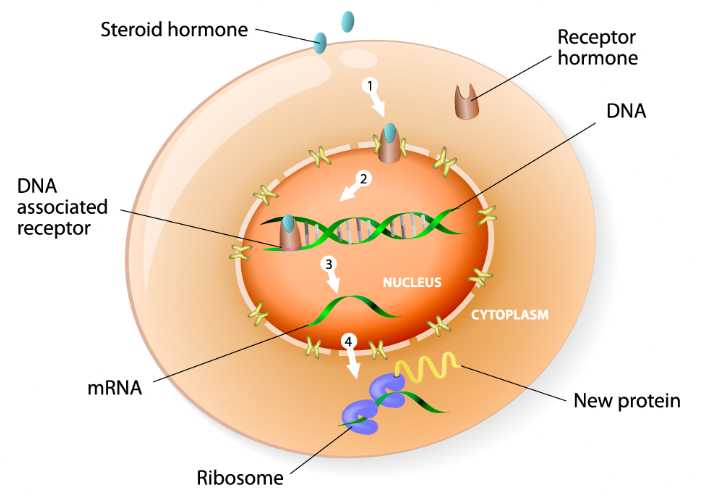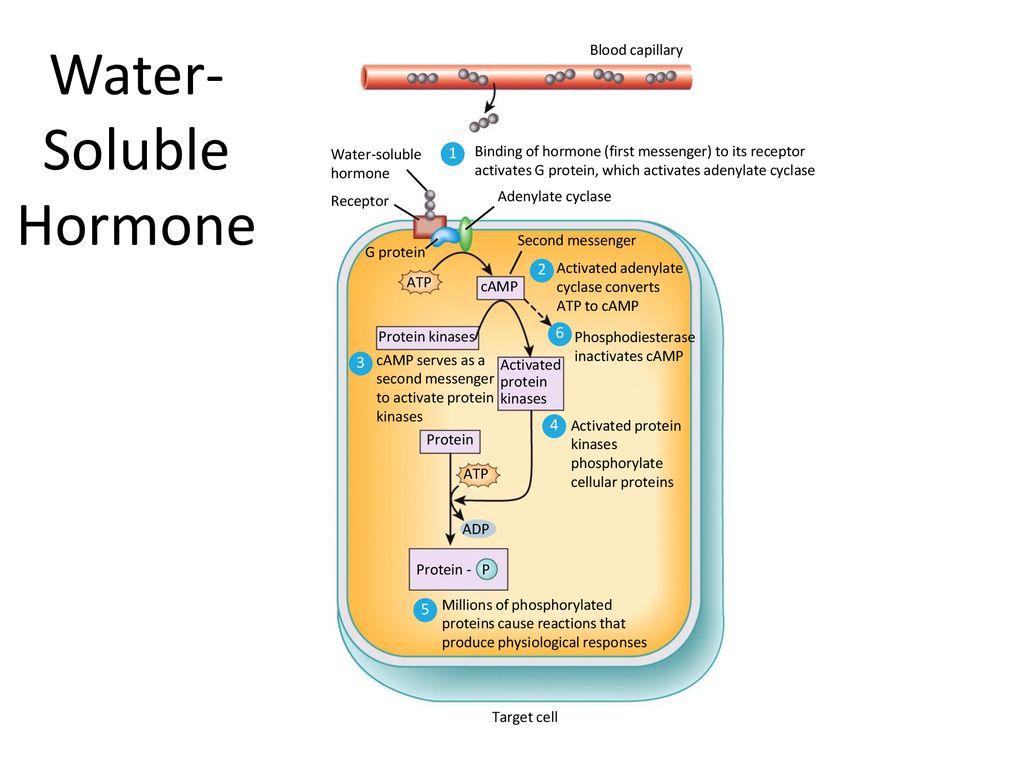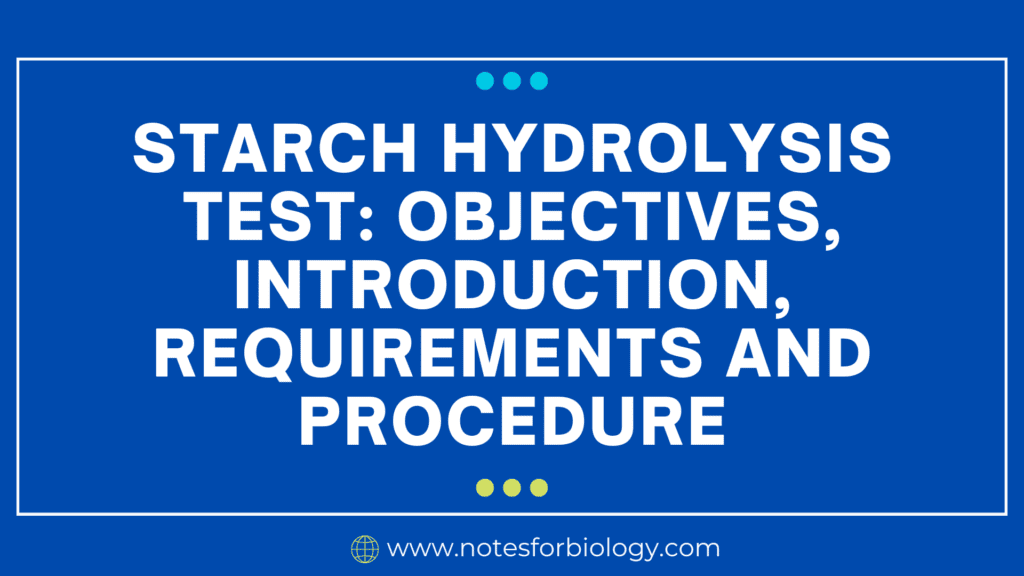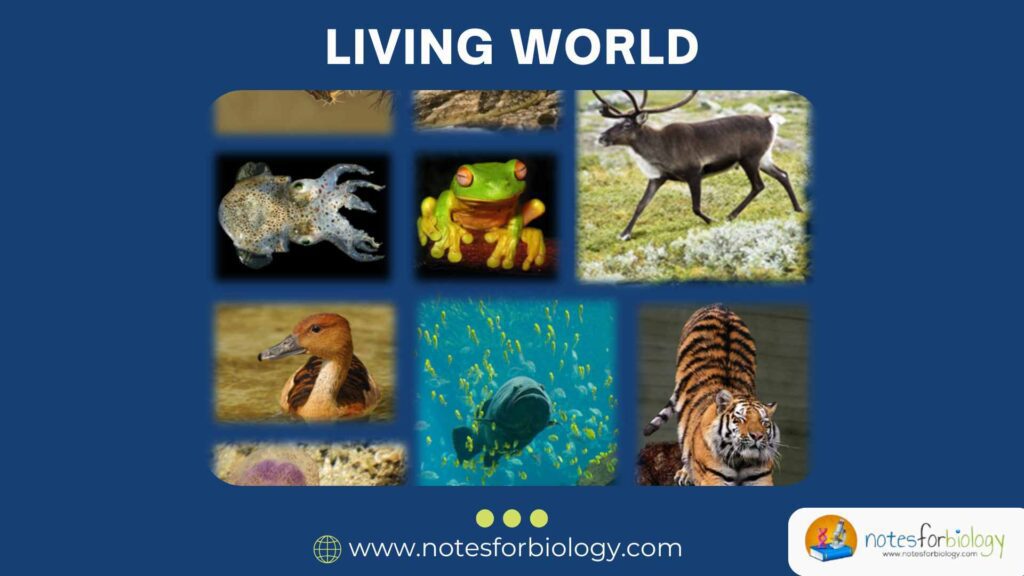What Are Hormones?

Hormones are chemicals produced by endocrine glands such as the pituitary, thyroid, pancreas, adrenal glands, and reproductive organs. These hormones are secreted directly into the blood and carried to target organs or tissues where they trigger specific responses.
Think of hormone as emails. The glands are like email senders, the bloodstream is the internet, and the target cells are the inboxes. Each hormone has a “password” or a specific key that only fits its matching “lock” on the target cell. This lock is known as a receptor.
Summary of Hormones
- Hormones are chemical messengers produced by various glands in the endocrine system, including the hypothalamus, pituitary, thyroid, adrenal glands, pancreas, ovaries, and testes.
- They travel through the bloodstream to target organs and tissues, regulating essential bodily functions such as metabolism, growth, mood, and reproduction
- while binding to specific receptors, hormones initiate responses that help maintain homeostasis, ensuring the body’s internal environment remains stable and balanced.
Table of Contents
Two Main Types of Hormone
Before we get into the mechanism of action, it’s important to understand that hormone come in two main categories:
1. Lipid-Soluble (Steroid) Hormone

- Examples: Estrogen, testosterone, cortisol, aldosterone
- Derived from cholesterol
- Can pass through the cell membrane easily (because they are lipid-soluble)
2. Water-Soluble (Non-Steroid) Hormone

- Examples: Insulin, adrenaline (epinephrine), growth hormone
- Made from amino acids or proteins
- Cannot pass through the cell membrane directly (because they are water-soluble)
This distinction is crucial because it determines how these hormones interact with their target cells.
How Do Hormone Work? The Basic Mechanism
The action of hormone involves a sequence of steps:
- Secretion – Hormone is released from the gland into the blood.
- Transport – Hormone travels through the bloodstream to reach target cells.
- Reception – Hormone binds to a specific receptor on or inside the target cell.
- Signal Transduction – Binding causes a change inside the cell.
- Response – The cell carries out a specific action, like making a protein or changing metabolism.
Now, let’s go deeper and explore how this mechanism differs between steroid and non-steroid hormones.
Mechanism of Steroid Hormone Action (Lipid-Soluble)
Steroid hormone are fat-soluble, which means they can easily slip through the fatty outer layer of the cell membrane. Here’s how they work:
Step-by-Step Process:
1. Entry into the Cell
Since they are lipid-soluble, steroid hormones pass directly through the cell membrane.
2. Binding to Intracellular Receptors
Once inside, the hormone binds to a receptor located in the cytoplasm or nucleus of the target cell. This receptor is like a docking station waiting for its specific hormone.
3. Hormone-Receptor Complex Formation:
The hormone-receptor pair joins together to form a complex. This complex moves into the nucleus (if it’s not already there).
4. Gene Activation:
Inside the nucleus, the hormone-receptor complex binds to specific DNA sequences. This activates certain genes.
5. Protein Synthesis
Activated genes instruct the cell to produce specific proteins or enzymes. These proteins then carry out the desired function—such as promoting growth, regulating metabolism, or triggering development.
Example:
- Testosterone enters muscle cells, binds to its receptor, activates genes responsible for muscle growth, and leads to increased muscle protein synthesis.
Mechanism of Non-Steroid Hormone Action (Water-Soluble)
Unlike steroid hormones, water-soluble hormones cannot pass through the cell membrane. Instead, they act from outside the cell using a system of messengers.
Step-by-Step Process:
1. Hormone Binding to Membrane Receptor
The hormone binds to a specific receptor on the outer surface of the cell membrane.
2. Activation of a Second Messenger
The hormone itself doesn’t enter the cell. Instead, its binding activates a molecule inside the cell called a second messenger (like cAMP – cyclic adenosine monophosphate).
3. Signal Transduction Cascade
The second messenger starts a chain reaction inside the cell—a cascade of events that involves enzymes and other proteins. Each step amplifies the signal.
4. Cellular Response
These internal messengers eventually activate or deactivate proteins, open ion channels, or change enzyme activity—leading to the desired action.
Example:
- Adrenaline binds to receptors on liver cells, triggering a cascade that activates enzymes to break down glycogen into glucose for quick energy during stress.
Important Terms to know about hormone
- Receptor: A protein on the target cell that recognizes and binds a specific hormone.
- Second Messenger: A molecule inside the cell that helps relay the hormone’s message (e.g., cAMP, IP3, DAG).
- Signal Transduction: The process by which a signal on the cell’s surface is converted into a specific cellular response.
- Hormone-Receptor Complex: Formed when a hormone binds to its receptor; this complex starts the action inside the cell.
Factors That Influence Hormone Action
Hormone Concentration
Higher levels usually produce stronger effects—up to a limit.
Number of Receptors
Cells can increase (up-regulate) or decrease (down-regulate) their number of receptors depending on hormone levels.
Affinity
How tightly a hormone binds to its receptor influences its effect.
Presence of Other Hormones
Hormones often work in teams—some enhance each other (synergistic), some block each other (antagonistic), and some help each other function (permissive).
Disorders of Hormone Action
When hormones don’t work properly, the body can become imbalanced. Common disorders include:
- Diabetes Mellitus – due to insulin resistance or deficiency.
- Hypothyroidism – too little thyroid hormone; causes fatigue and weight gain.
- Cushing’s Syndrome – excess cortisol; leads to obesity, muscle weakness.
- Addison’s Disease – cortisol deficiency; causes fatigue, low blood pressure.
These diseases often result from problems with hormone production, receptor function, or signaling pathways.
Technological Insights: Hormones in Medicine
Understanding how hormones act has led to major medical breakthroughs. Today, hormone-based drugs help treat:
- Diabetes (insulin injections)
- Birth control (estrogen/progesterone pills)
- Hypothyroidism (thyroxine supplements)
- Hormonal imbalances (corticosteroids, hormone replacement therapy)
Biotechnology has also allowed for the creation of synthetic hormones and hormone blockers to manage cancer, fertility, and growth disorders.
Conclusion
The mechanism of hormone action is a fascinating dance between tiny molecules and powerful biological responses. Whether hormones enter the cell directly or work from the outside via second messengers, their effects are profound and precise.
Understanding this mechanism not only helps us appreciate the complexity of life but also empowers us to tackle diseases and improve health through modern medicine. Hormones might be invisible, but their impact on our daily lives is unmistakable from how we grow and think to how we respond to stress and reproduce.
So, the next time you feel a rush of adrenaline or the calm of a good night’s sleep, remember—it’s your hormones at work, performing a silent symphony of communication that keeps you alive and well.
Frequently Asked Questions (FAQs)
Which hormones prepare the body for action?
Hormones like adrenaline, noradrenaline, cortisol, thyroid hormones, and glucagon help prepare the body for action. Adrenaline and noradrenaline increase heart rate, breathing, and alertness during stress. Cortisol provides energy by raising blood sugar. Thyroid hormones boost metabolism, and glucagon ensures the body has enough fuel. Together, they help the body respond quickly and stay active in challenging situations.
How does hormone action takes place?
Hormones work by traveling through the blood to target cells. They attach to special receptors on or inside the cells, like a key fits a lock. This triggers the cell to do a specific job, such as making a protein or changing its activity. Some hormones go inside the cell, while others send messages from outside. This helps control body functions like growth, energy, and stress.
What is complementary hormone action?
Complementary hormone action means two or more hormones work together to get a job done. Each hormone does a different part, but both are needed for the full effect. For example, prolactin makes milk, and oxytocin helps release it in mothers. This teamwork helps the body work properly.
Related Articles




